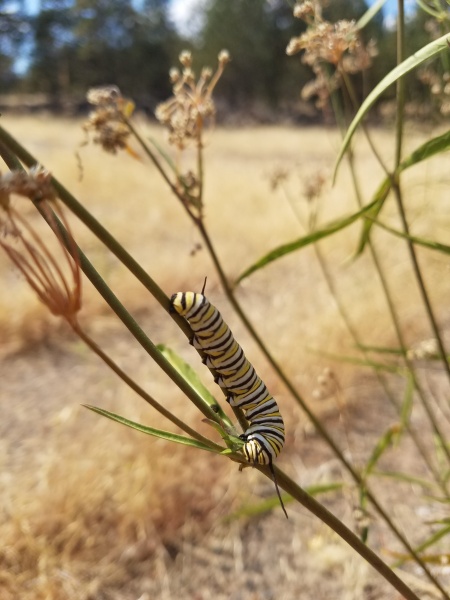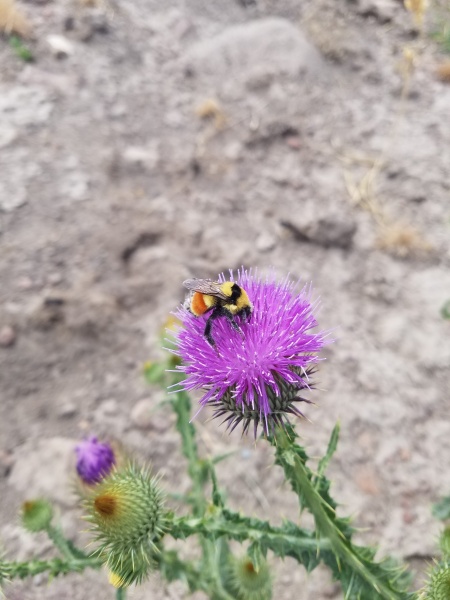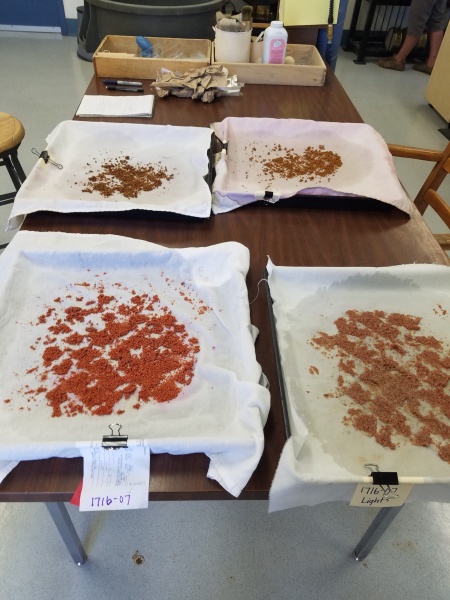It’s been awhile since my last post. Time has been flying, once again faster than I thought possible. The halfway point of my internship very suddenly became less than a month remaining. It’s equally exciting, terrifying, and sad that my time in Lakeview is nearly at an end!
My crewmate and I hit our target of 35 seed collections almost a month ago now, but that hasn’t slowed us down one bit. We are continuing to collect seeds for SOS (including one that turned out to be a misidentified non-native – oops!), as well as making several collections for local use. We have also been doing some large collections for the other office in our district, in Klamath Falls. I’m glad we hit our collection target when we did, because outside of riparian areas, most every plant around here is crispy to the point of disintegrating. Very different from my home, where the summer monsoons are pushing up fresh blooms even now! That said, I am super excited for some sagebrush collections we have coming up!
- A monarch caterpillar (Danaus plexippus) munching on some Asclepias fascicularis! We stumbled upon the milkweed by sheer dumb luck while doing recon for new plants to collect.
The other advantage to hitting our target early was that it allowed us to shift focus a bit, getting the most out of the experience and networking opportunities this internship provides. My crewmate and I were trained in a couple different riparian habitat assessment methods. We have also been doing a lot of vegetation inventories, as well as planning a pollinator-friendly garden. Working with a new variety of people has served as great networking and has also helped break up the job and make it exciting! I’m always eager to learn new things and meet new people.
- A native Bombus huntii pollinating an invasive Onopordum acanthium. Found during post-fire vegetation inventory.
We also got to visit the Bend seed extractory, as well as some native plant nurseries in the region. Both visits were super exciting and informative; after doing seed collection for a few months, it was nice to see the other sides of the business and the ultimate result of our efforts. It has also inspired me to start looking at nursery work during the off season!
- Fleshy fruit seeds drying at the Bend seed extractory.
I have learned so much these past few months, about plants, land management, and most importantly, myself. I’m excited for a little bit of rest once my season is over, but I can’t reiterate just how good a step taking this internship was for me. Here’s hoping the last few weeks are smooth and enjoyable!
Brennan Davis, BLM – Lakeview, OR






























































